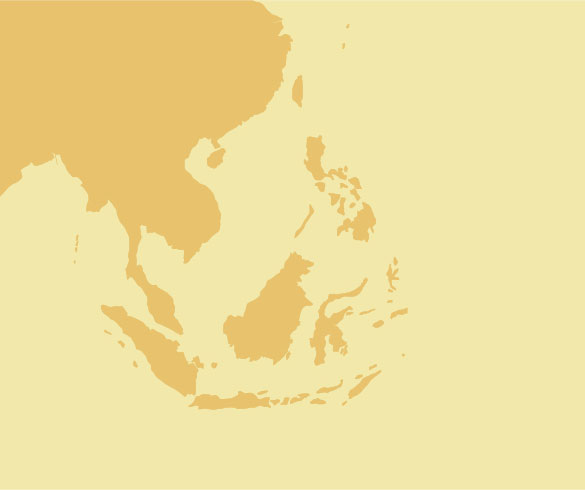In 2015, the global energy market has attempted—with limited success—to return to the basics of supply and demand. Tipping the scales has been the Middle East, specifically regional Organization of Petroleum Exporting Countries (OPEC) members. Major Middle East producers have held steady in the oil field while Iraq increases and Iran readies for a post-sanctions economy.

However, China—and Southeast Asia in general—remain a critical part of the Middle East's oilfield and infrastructure supply needs, including pumps, compressors and other rotating equipment. As energy demand, supply and application use dictate the growth or contraction of the global economy, the Middle East must re-evaluate key strategies for engaging the market. Equipment investments and allocations at home need to be focused on the East if operators hope to get the most out of their capital improvements.
Players along the rotating equipment supply chain need to follow these key story lines if they hope to optimize their products for the Asian market.
China
the next shale boom?
China's Fuling project represents the cutting edge in meeting domestic energy demand. By mid-October, China reported the formation held three times more proven reserves than predicted. While several barriers block the expansion of unconventional wells, including technology, well and soil conditions, and capital restrictions, it is clear that the U.S.'s shale boom has not gone unnoticed. The country's formations represent the largest collection of shale resources on the planet, meaning crucial demand for heavy Middle East product could decrease.
Southeast Asia
demand to soar
While China has a viable, yet challenging, shale landscape in its future, the rest of Asia will see its need for a rise of foreign energy sources in the coming decades. According to the International Energy Agency, the region's energy demand will jump 80 percent between 2015 and 2040, with oil needs up to 6.8 million barrels per day and natural gas needs up to 265 billion cubic meters by that year.
Singapore
refineries at the center
Singapore has been leading the region in manufacturing and technological advances from energy to water and beyond. The small state's influence comes in its big refining power. According to OPEC, the city's refined product stocks stood at 51.3 million barrels—27 percent more than they were during the same period last year. Singapore has established a solid role as the region's tier-one refiner, and the city will act as a key gateway north to diversifying China and south to demand-heavy Thailand, Indonesia and beyond.
Indonesia
rejoins OPEC at critical time
With OPEC's nod of approval, Indonesia plans to reactivate its membership and become the cartel's only Asian member—and its only member that is still a net importer of petroleum products. According to the U.S. Energy Information Administration, the country hopes to gain access to crude oil inventories as it expands its refining capacity. With this renewed foothold in the region, OPEC could be looking at a critical market shift from demand in China to demand in Southeast Asia.


